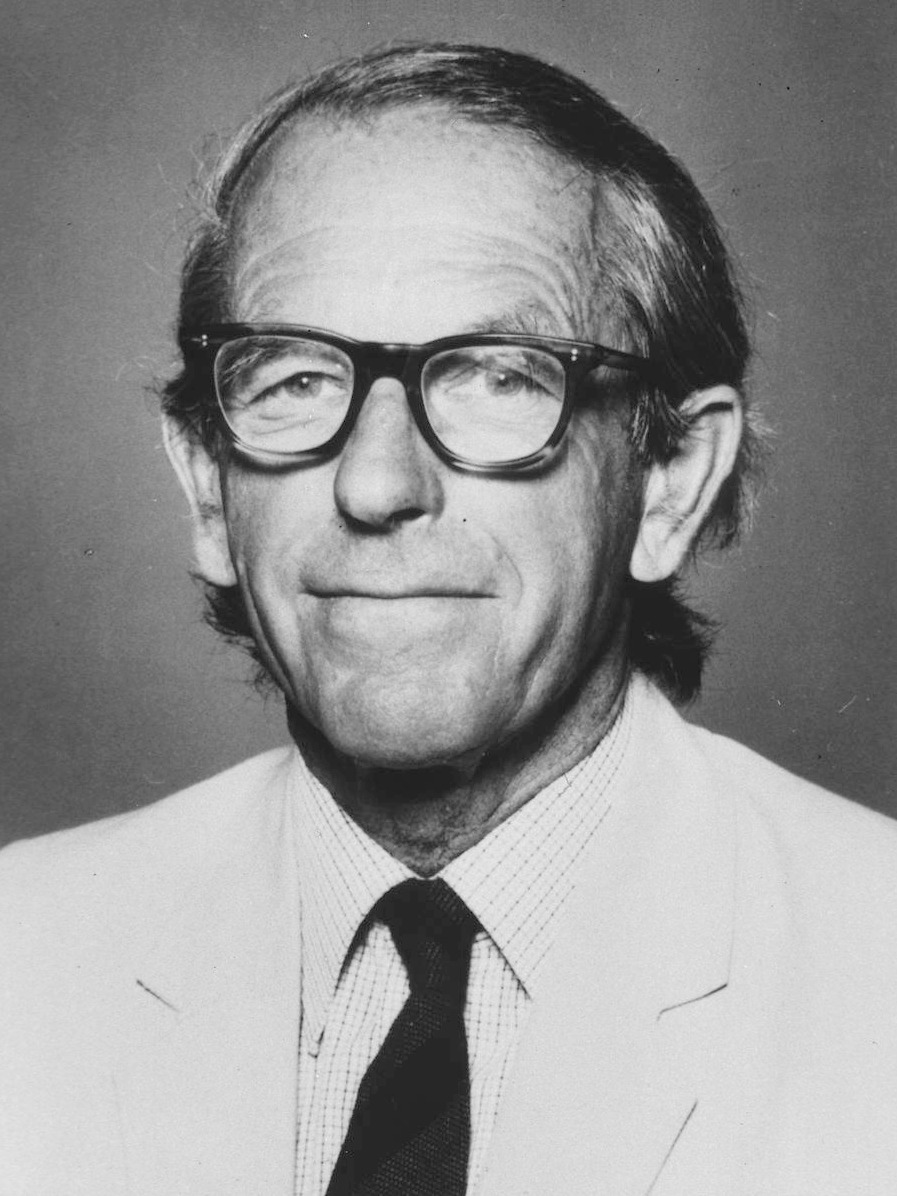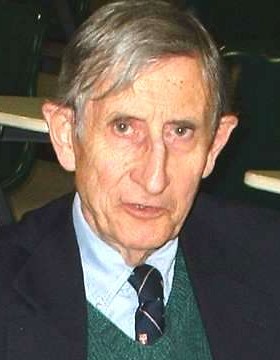Becquerel's rays Created 2024-08-14 Updated 2025-07-16
These must have been gamma rays.
Just before he left Cambridge for Montreal in 1898, Rutherford conducted a simple, systematic experiment to study the absorption of rays from uranium. [...] In 1901 he determined that Becquerel's rays are indeed electromagnetic rays. He called them γ (gamma) rays.
This terminology is used e.g. in Marie Curie's Polonium paper:
Some minerals containing uranium and thorium (pitchblende, chalcolite, uranite) are very active from the point of view of the emission of Becquerel rays.
Gamma spectroscopy of a Uranium ore
. Source. Several points of the Uranium 238 decay chain are clearly visible. British tech headhunter boutique 2025-10-14
Cool deeptech ones:
- ic-resources.com/en IC Resources. Offices in various countries, perhaps Reading is the original/HQ?
- www.understandingrecruitment.com Understanding Recruitment
- www.socode.co.uk SoCode. Cambridge-based.
- www.client-server.com Client Server. St. Albans-based.
- Oxford-based:
- corriculo.co.uk Corriculo.
- humand.co.uk/ Humand
Boring ones:
- www.oho.co.uk/ OHO Group. London-based.
International ones with a British presence:
- russelltobin.com/ Russel Tobin
Camena Bioscience Updated 2025-07-16
The third one from Cambridge after:
Frederick Sanger Updated 2025-07-16
Ah, this seems like a nice dude.
The Eighth Day of Creation has two nice paragraphs about his work. He was shy and quiet, and didn't boast about his slow and steady progress, possibly because of this he only had a junior fellowship and at some point some people wanted to kick him out of the lab somewhere between 1948 - 1952, quoted at: sandwalk.blogspot.com/2013/11/fred-sanger-1918-2013.html
Freeman Dyson Updated 2025-09-09
Ciro Santilli's admiration for Dyson goes beyond his "unify all the things approach", which Ciro loves, but also extends to the way he talks and the things he says. Dyson is one of Ciro's favorite physicist.
Besides this, he was also very idealistic compassionate, and supported a peaceful resolution until World War II with United Kingdom was basically inevitable. Note that this was a strategic mistake.
Dyson is "hawk nosed" as mentioned in Genius: Richard Feynman and Modern Physics by James Gleick (1994) chapter "Dyson". But he wasn't when he was young, see e.g. i2.wp.com/www.brainpickings.org/wp-content/uploads/2016/03/freemandyson_child-1.jpg?resize=768%2C1064&ssl=1 It seems that his nose just never stopped growing after puberty.
He also has some fun stories, like him practicing night climbing while at Cambridge University, and having walked from Cambridge to London (~86km!) in a day with his wheelchair bound friend.
Ciro Santilli feels that the label child prodigy applies even more so to him than to Feynman and Julian Schwinger.
Bibliography:
- QED and the men who made it: Dyson, Feynman, Schwinger, and Tomonaga by Silvan Schweber (1994) chapter 9 Freeman Dyson and the Structure of Quantum Field Theory
Illumina Updated 2025-07-16
The by far dominating DNA sequencing company of the late 2000's and 2010's due to having the smallest cost per base pair.
To understand how Illumina's technology works basically, watch this video: Video 1. "Illumina Sequencing by Synthesis by Illumina (2016)".
Illumina Sequencing by Synthesis by Illumina (2016)
Source. The key innovation of this method is the Bridge amplification step, which produces a large amount of identical DNA strands.

